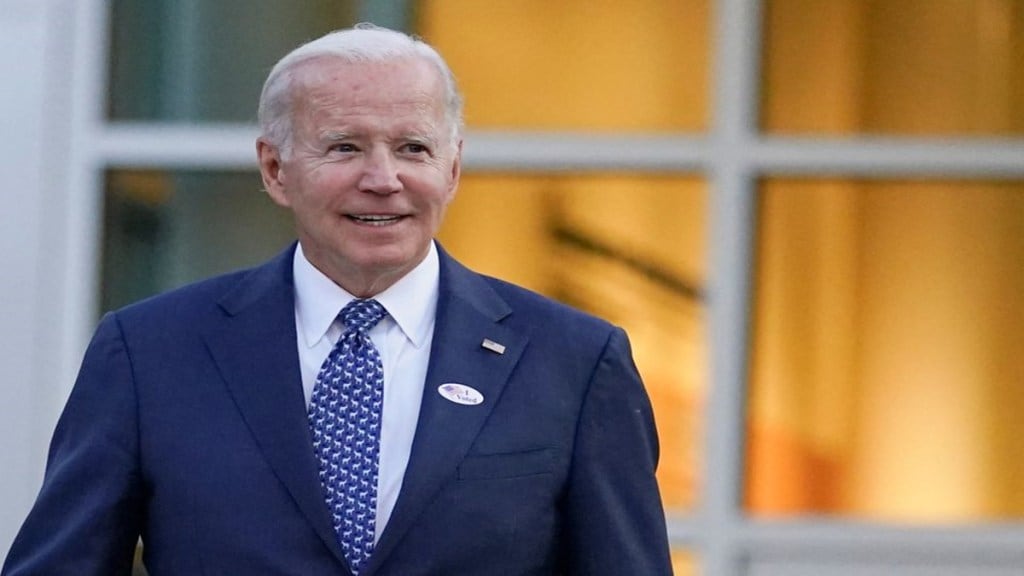By Satvik Shubham
First coming into the public eye in April 2022, Joe Biden and Kamala Harris created a plan to help low-income and middle-income households all over the United States. Many will be assisted through this relief automatically, while others will have to apply. The United States department of education will provide up to US$20,000 in relief to those who have received a Pell grant, to the delight of Michigan State University financial aid compliance officer Kent McGowan, who was “pleasantly surprised.” The act will also provide up to US$10,000 to those without this award. This relief plan assists households earning less than US$125,000 or US$250,000 per annum, low and middle-income statures, respectively. The plan expects to be a single occurrence due to the projection of it costing $30 billion a year over the next decade due to the eligibility intricacies.
The plan has come to the delight of many, particularly students with a low-income background because many are automatically eligible. Ishaan Sehgal exemplifies this point, a junior at Michigan State University with a background from India, “After moving from India, the amount being earned by my parents was an initial shock, so anything we are getting is a big help.”
While the act may help some, it is not necessary for others, which helps raise the point of why this is not eligible for high-earning households. Mateo Muro-Dougherty, a sophomore at Michigan State University, stated that he “has no debt,” but favoured the plan regardless.
Also read: Career prospects for data engineers in India
While this plan impacts East Lansing and MSU, public administrations are finding less output for forgiveness applications due to the reduced fees compared to the average private US University.
Moreover, some viewed this act from a compassionate perspective; meanwhile, others visualized the light of political tactics.
Ryan Black, a professor of political science at Michigan State University, shed some light on this perspective. He stated the reason why the Biden administration may be taking this plan forward in a rapid fashion, “They do so because they see political upsides, student debt is an issue that is facing many people … with the midterm elections coming up, this is something Biden and his advisors thought would be politically popular.” The act of removing loans is desirable for a good reason, a point which McGowan, an East Lansing resident, who has been working in financial aid for 31 years, concurs with, “It has been the belief of many people that the loan program, in general, is not well conceived, because the largest borrowers tend to be the lowest income, those who are the least likely to be able to pay the loans, regardless of degree completion.”
The plan has not been free from doubts and speculation. Sustainability has been on the lips of many, especially points regarding the inclusivity of the plan and the downside of such that looks faultless on the surface. Many asked questions about its true intention; Stephen Schiestel, a professor of finance at Michigan State University, was wavering on the income limits, “They set the limits really high … It is not really targeted towards low-income people,” Schiestel felt the plan was “Partially helping out those with lots of student loans, and partially trying to give aid to as big of a swath of people as possible.” Concurring with the points of Black, stating that this is “political-driven” and a showing of altruism.
Also read: Learner’s Park; Simarpreet Singh of JIS Group on dynamics of education system in India
Doubts continued; positive intentions were clear; however, uncertainty was prevalent.
Iskander Arifin, a professor of finance at Michigan State University, concurred with the point made by Schiestel regarding the high-income limits. He also brought forward different areas of concern, “I think there is a lot of uncertainty how this is going to play out in the future in terms of interest rate, and if it is going to increase inflation.”
Despite the doubts prevalent among the plan, there is still a firm belief that it is highly beneficial. Schiestel stated, “It definitely benefits everyone; you have to be quite wealthy (upon seeing income limits), to not qualify for this relief. It really does apply to anyone who went to college and currently carries student loans.” The limits stated are so high that only few were to be “excluded” from the benefits of the plan.
While most have doubts about the plan’s sustainability in the long run, there is a strong consensus that this will benefit most who still carry student loans. While it may be a political ploy, they are making up for the “COVID-19 era,” as stated by McGowan, and delivering on some of the “campaign promises” stated by Black that were to be fulfilled earlier. Curiosity is prevalent, but only time will tell when it comes to this ‘too good to be true’ plan by the Biden administration.
The author is an aspiring journalist at Michigan State University.
Disclaimer: Views expressed are personal and do not reflect the official position or policy of Financial Express Online. Reproducing this content without permission is prohibited.


